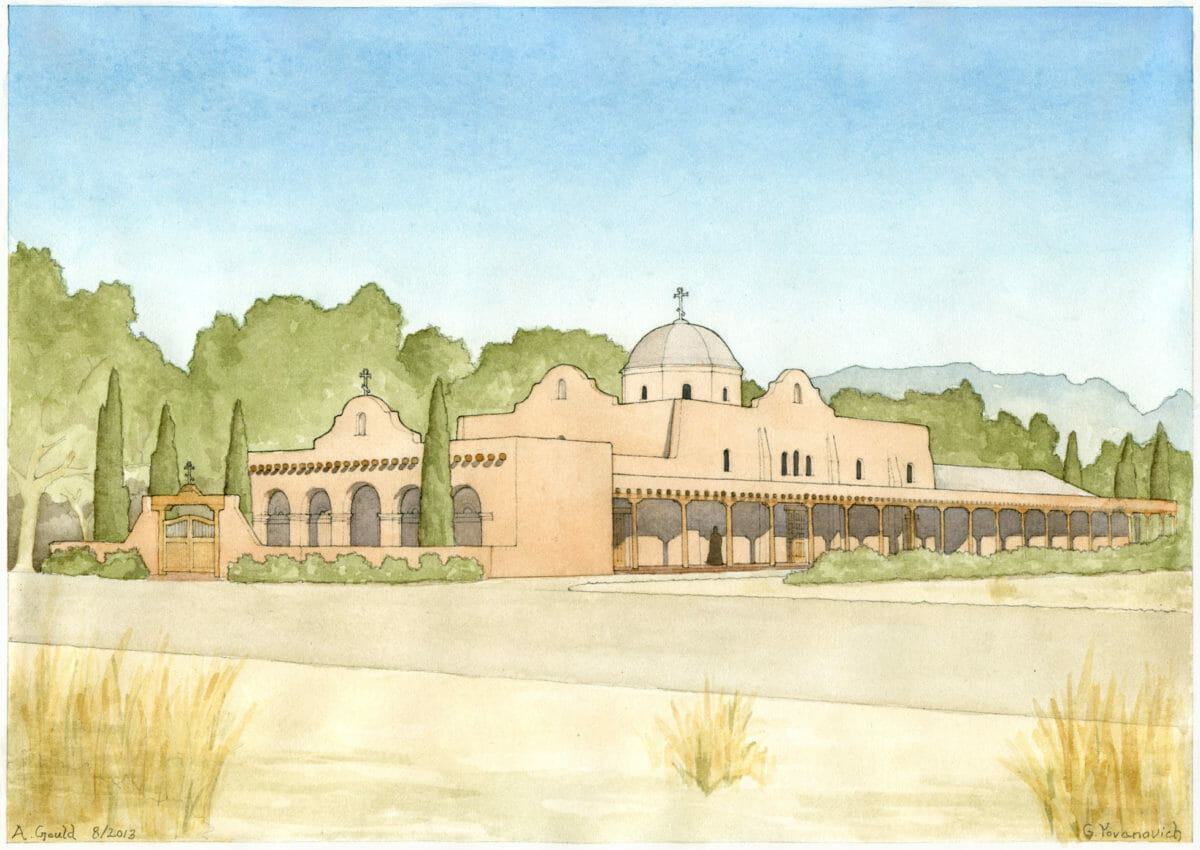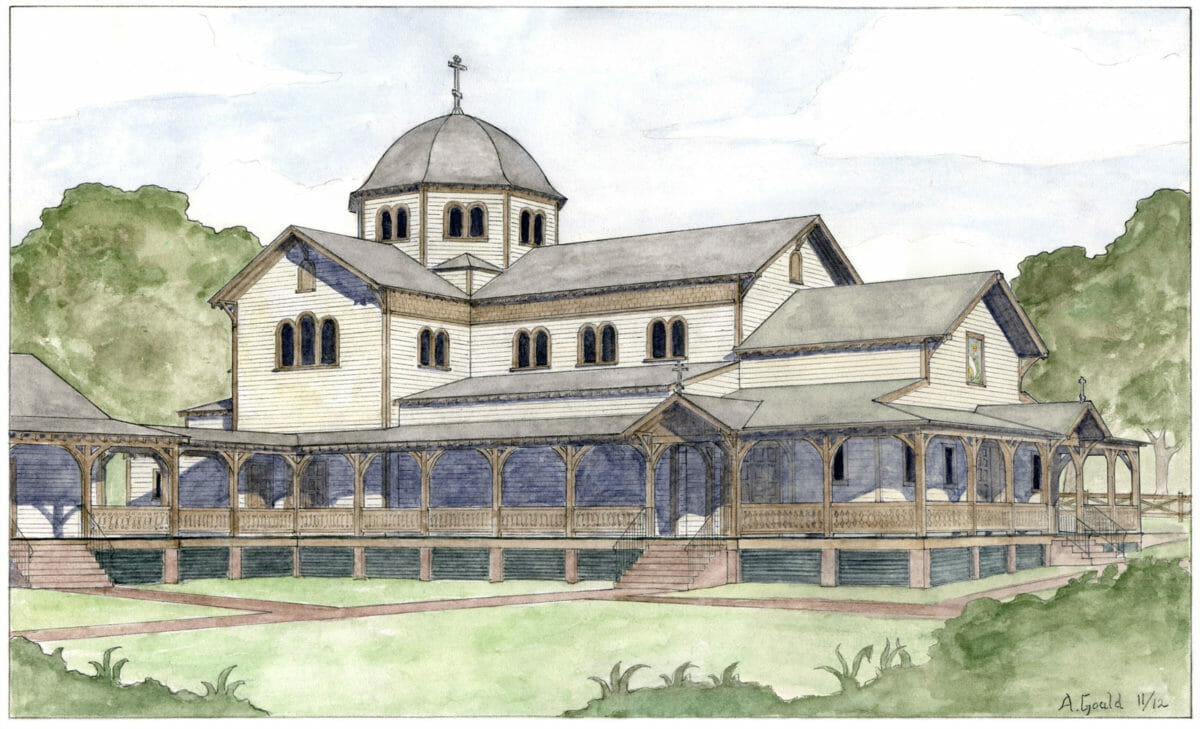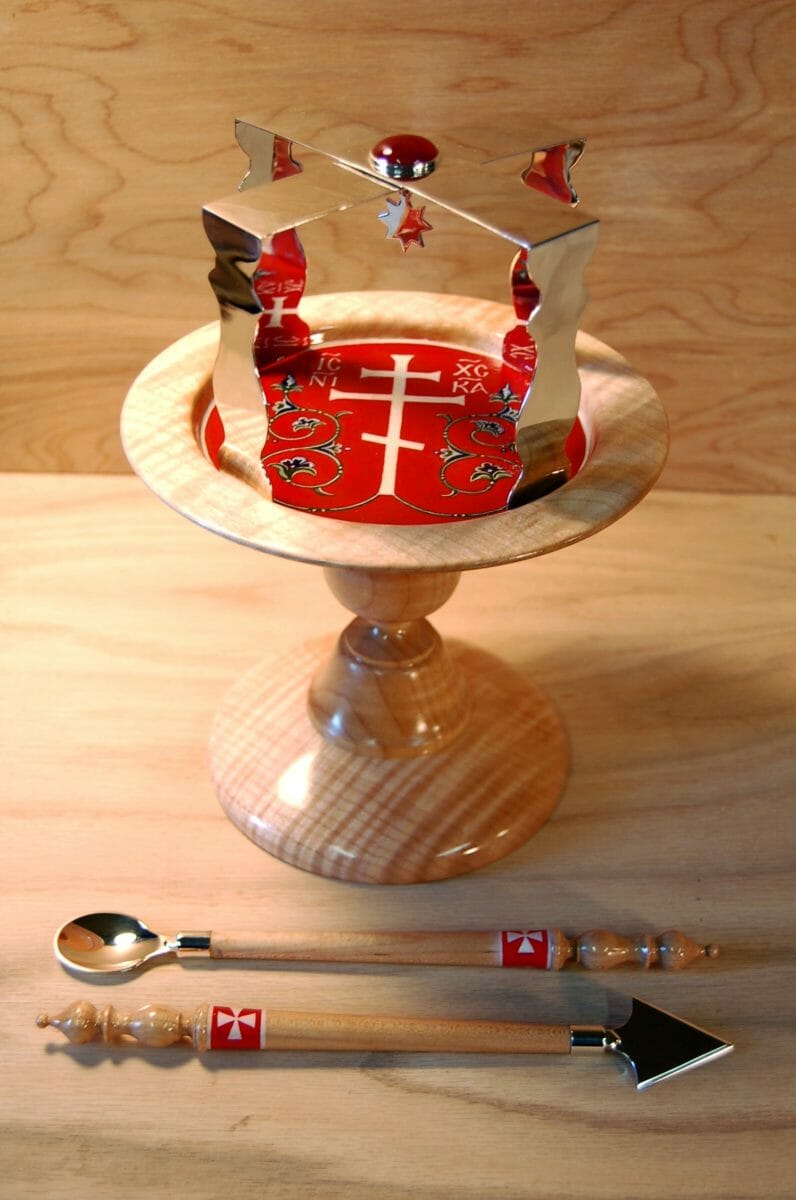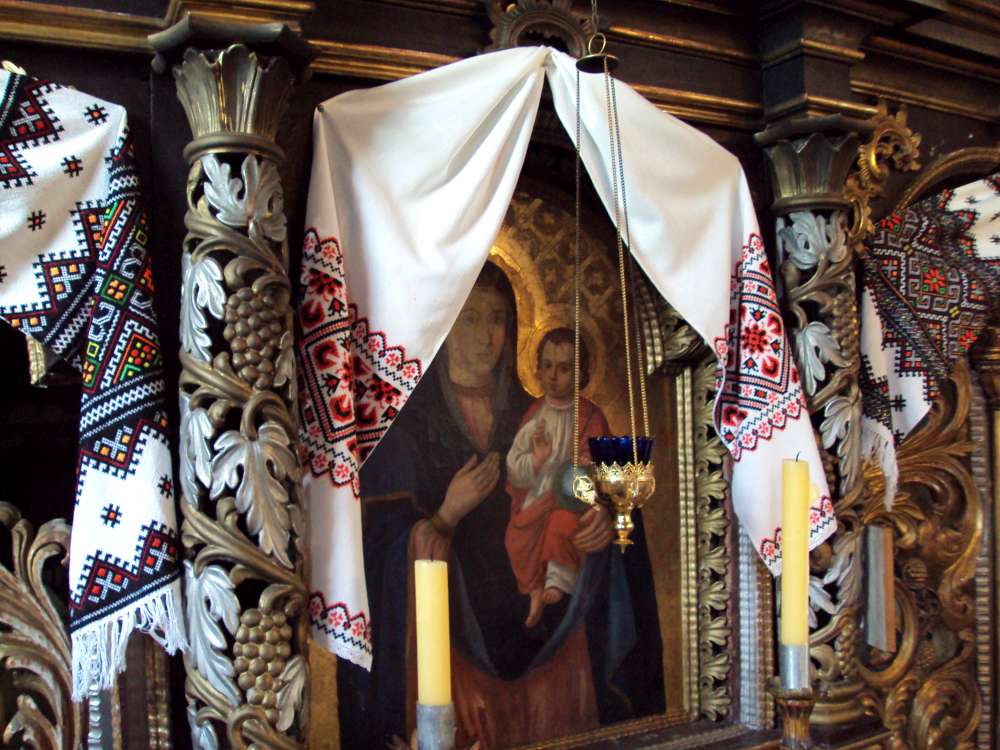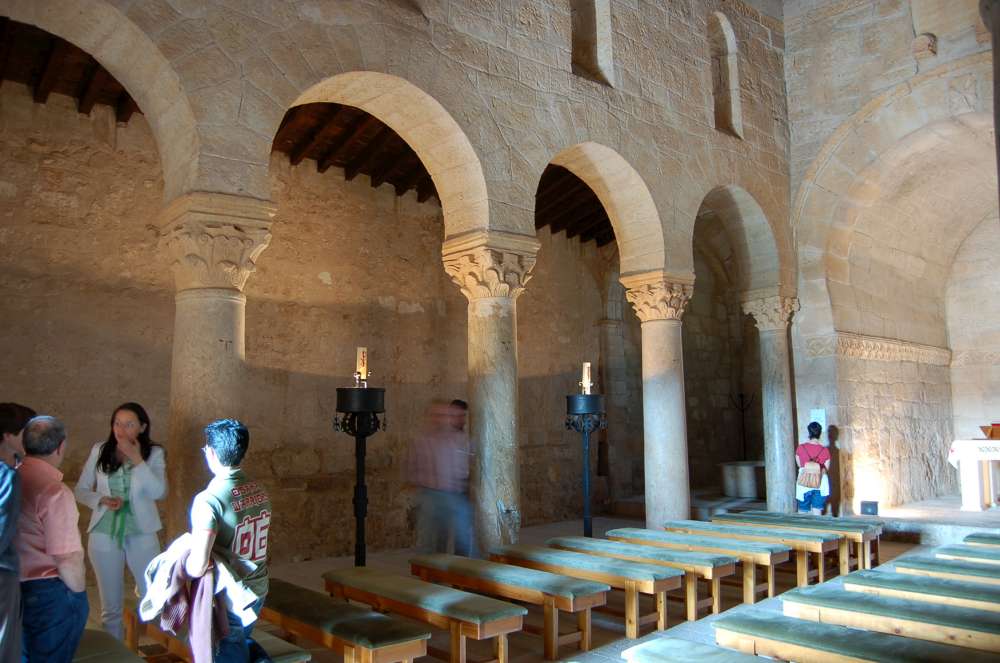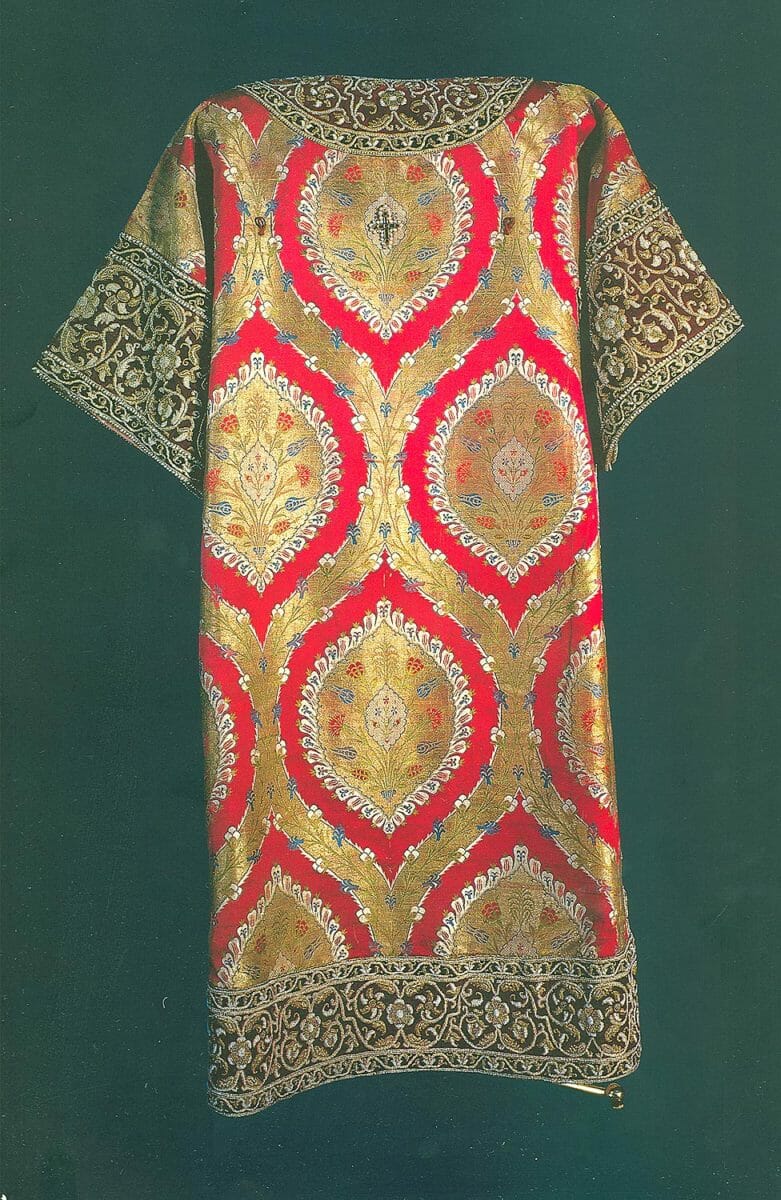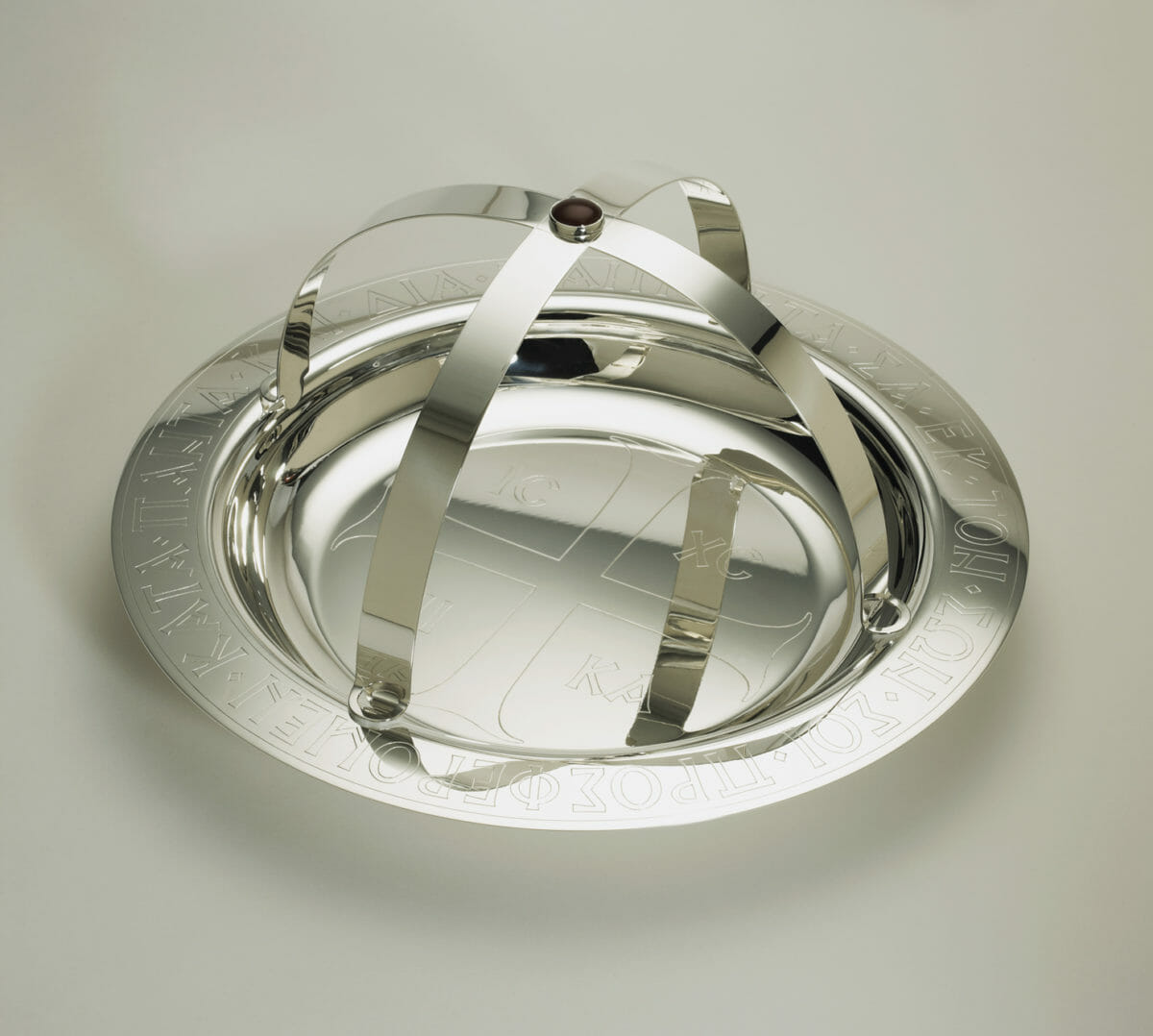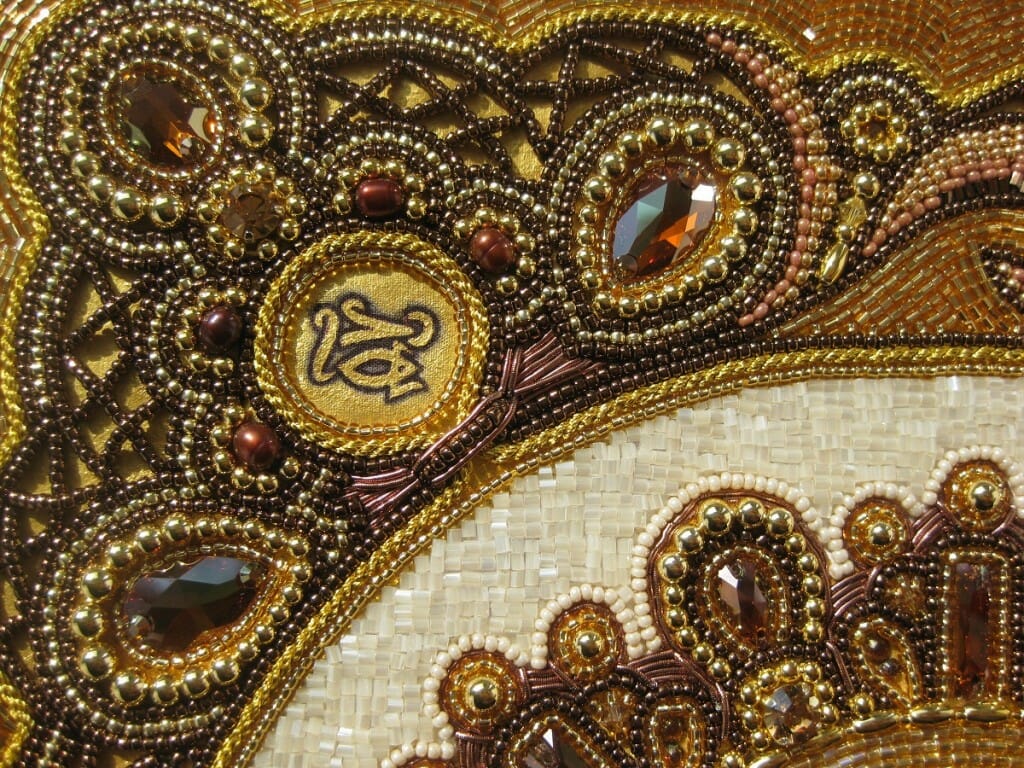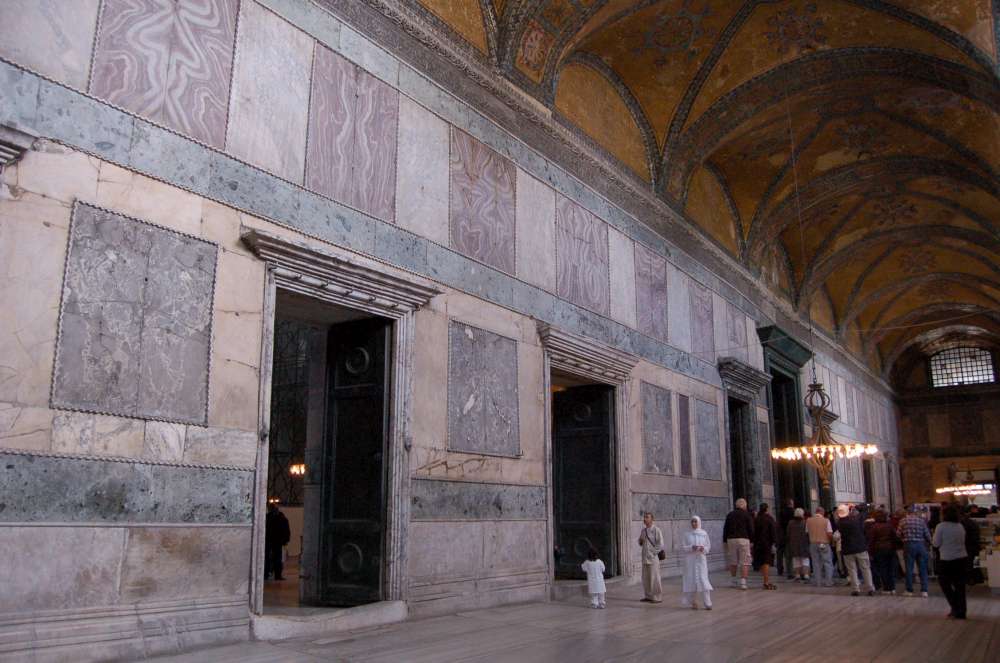Posts by Andrew Gould
Bell Ringing in Scripture and Liturgy, from BLAGOVEST BELLS
Dear Readers, We have had a request for articles on liturgical bell ringing, so I am pleased to offer this excellent piece prepared by Mark Galperin and John Burnett of BLAGOVEST BELLS: Dear Brothers and Sisters: Church bell ringing is an intrinsic and permanent part of the Orthodox liturgical and musical tradition. It is deeply rooted…
Continue reading »Recent Design Work for Orthodox New Mexico
It has been my great joy this summer to devote some of my attention to Orthodox Christianity in New Mexico. Northern New Mexico has a strikingly different history and cultural context than the rest of the United States. It began as a colony of New Spain, an Imperial establishment at the absolute edge of the…
Continue reading »A Byzantine Church in Wood for South Carolina
For the past year, I have been working to design a substantial new church building for the OCA parish of St. John of the Ladder in Greenville, South Carolina. The parish has acquired an attractive wooded property and wishes to relocate completely. They will need a temple for 250 people and also a parish hall.…
Continue reading »A Painted Wooden Chalice Set
Historically in the Orthodox world, it must have been very common for chalice sets to be made of wood. Particularly in Russia, village churches would not have been able to afford vessels of fine metal, and essentially everything in an Old Russian village was made of wood. Little survives of the simple ecclesiastical furnishings and…
Continue reading »An Icon of the Kingdom of God: The Integrated Expression of all the Liturgical Arts – Part 9: Linens
This is post 9 of 12 in the series “An Icon of the Kingdom of God” Andrew Gould gives a unifying vision of how all the liturgical arts complement each other to create a living icon of the Kingdom of God. An Icon of the Kingdom of God: The Integrated Expression of all the Liturgical…
Continue reading »The Ancient Churches of Spain
I would like to call attention to some of the ancient churches of Western Europe which predate the Great Schism. These churches offer a glimpse of Western Orthodoxy as it once was, and as such, offer us some suggestions for Orthodoxy in the West as it could be today. European churches of the 7th to…
Continue reading »An Icon of the Kingdom of God: The Integrated Expression of all the Liturgical Arts – Part 8: Vestments
This is post 8 of 12 in the series “An Icon of the Kingdom of God” Andrew Gould gives a unifying vision of how all the liturgical arts complement each other to create a living icon of the Kingdom of God. An Icon of the Kingdom of God: The Integrated Expression of all the Liturgical…
Continue reading »A Byzantine-Style Diskos and Asterisk
It is well known that the early Byzantine church used very large patens and loaves of bread in the Divine Liturgy. Surviving examples of patens from the 6th-century are frequently two feet or more in diameter, compared to the six inch diskos typical today. Interestingly, the Melkite church still uses larger patens, and I recently…
Continue reading »The Unusual Glass-Bead Icons of Angelika Artemenko
I have just learned of a most unusual iconographer from Ukraine whose medium is primarily glass beads. Her name is Angelika Artemenko, 26 years old. Despite her unconventional technique, she works with great care and piety, emphasizing the blessing of her bishop in all she does. Ms. Artemenko begins by painting the hands and faces on canvas.…
Continue reading »Marble Revetments
Today I would like to call attention to marble revetments, meaning the decorative marble paneling that clads the lower walls of a Byzantine church. It is impossible to overstate the architectural importance of revetments. In the grander Byzantine churches, the marbles covered most of the interior surface, dominating the visual experience of the church far…
Continue reading »

